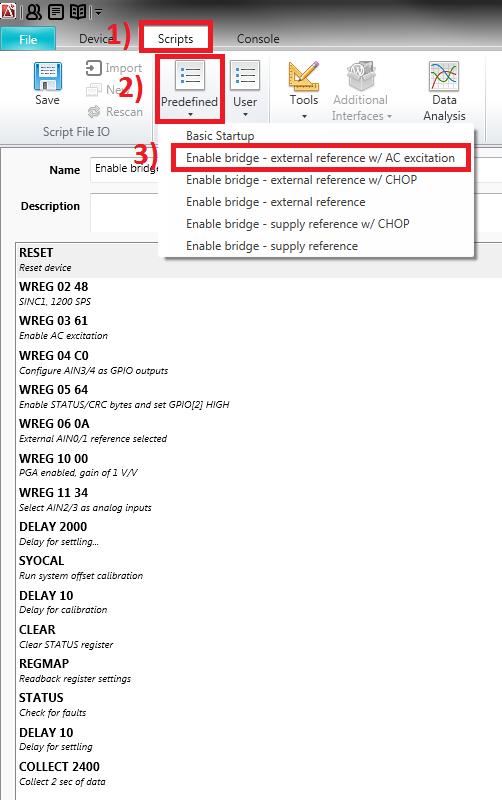Other Parts Discussed in Thread: ADS1261
I am trying to do AC excitation on this board. Am I supposed to use connector J5? Also, is the included AC excitation the logic and you have to provide the means to drive (like the included bridge driver), or can you do this with the chip only and no driver?



